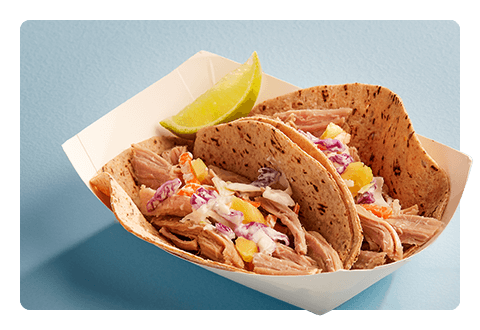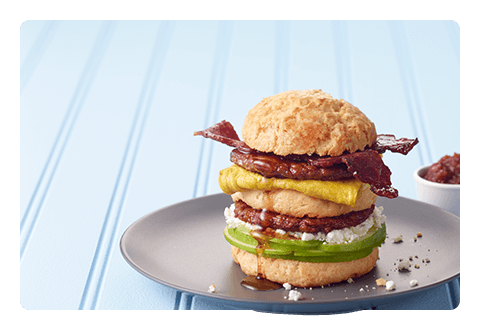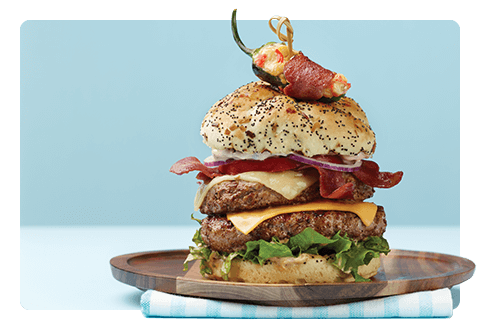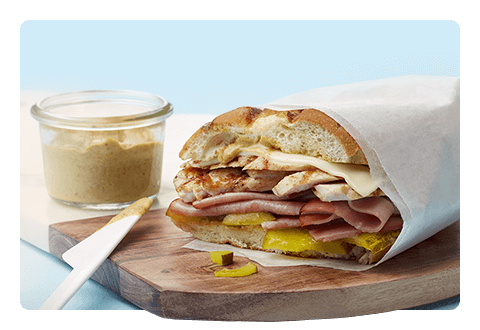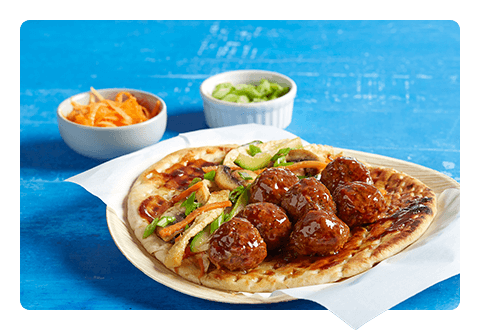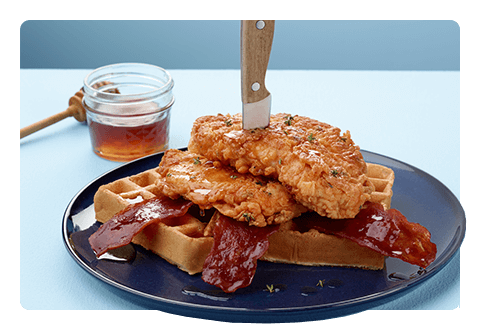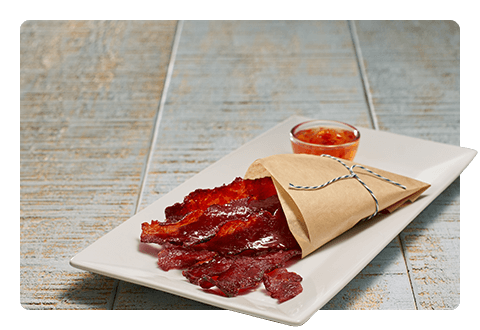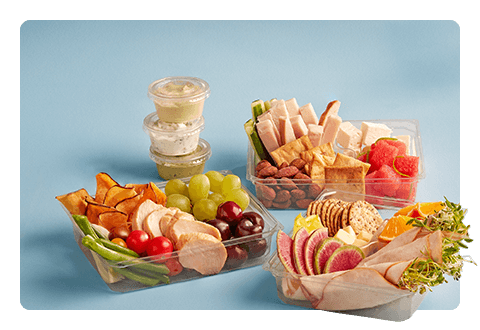The Impact of Technology in Foodservice
Technology is changing the way food-away-from-home companies do business, and research shows that it’s having a positive effect on operators and patrons alike. A survey from Toast, which makes point-of-sale systems for restaurants, shows that 95% of restaurateurs say technology helps operations run more smoothly. Among diners, 73% report that technology makes restaurant transactions better for them, with 81% having ordered through a website.
As customers become more comfortable with new technologies, chains are implementing additional features. They are receiving orders, accepting reservations and answering questions through apps, social media, third-party sites, chatbots and voice-activated devices. Applebee’s, Dunkin’ Donuts, IHOP, Starbucks, TGI Fridays and Wingstop partnered with General Motors on its Marketplace app, which enables drivers to place orders and make reservations at their nearest location, per Nation’s Restaurant News.
Though there can be some initial growing pains, the goal is to make the process more convenient for consumers and expand restaurant business. Digital orders reportedly comprise more than 20% of sales at Wingstop, 36% at Panera and more than 60% at Domino’s. Without as many employees taking orders in person or on the phone, operators can reduce labor costs.
Some restaurant proprietors have even invested in kiosks that allow them to process more orders at their operation and use facial recognition to identify returning customers. According to QSR, approximately two-thirds of the patrons at the Owings Mills, Maryland, location of fast-casual chain UFood Grill have tried out the kiosks. They then have the option to store their purchase and get their picture taken for future reference.
Another way that technology is simplifying the dine-in experience is by making the wait for a table more predictable. Google announced plans to add average wait times, based on user-provided data, to its restaurant listings. This will allow consumers to plan ahead and avoid peak times. Some establishments offer guests the option to put their name in when they arrive and receive a text when there’s an open table, giving them the flexibility to go elsewhere in the meantime.
All these innovations can be beneficial for the foodservice industry, but it’s wise to test out changes one at a time so as not to overwhelm visitors. It’s also a good idea to ask for feedback to find additional ways to make improvements.
How have you used technology in your workplace? Share your stories through Facebook and LinkedIn, and head to our Resource Center to learn about other trending topics.
SOURCES
Restaurant Technology in 2017 Industry Report, Toast, 2017.
Ruggless, Ron. TGI Fridays expands Amazon partnership, Nation’s Restaurant News, November 2017.
Ruggless, Ron. 6 restaurant brands park on GM dashboards, Nation’s Restaurant News, December 2017.
Horovitz, Bruce. Is Voice Activation the Next Big Ordering Trend?, QSR, October 2017.
Why 2018 Will Be The Year of Drive-Thru Innovation, QSR, December 2017.
Maze, Jonathan. Domino’s now lets you Slack your pizza order, Nation’s Restaurant News, November 2017.
Reesman, Bryan. Is Facial Recognition the Future of Fast Food?, QSR, February 2017.
Avant, Mary. 5 Technology Trends to Know, QSR, October 2017.
Ruggless, Ron. Google to add restaurant wait times to search, maps, Nation’s Restaurant News, November 2017.
Traylor, Richard. Top Foodservice Trends of 2018, WebstaurantStore, December 2017.
Gazdecki, Andrew. How Technology Is Helping Restaurants Grow, September 2017.



